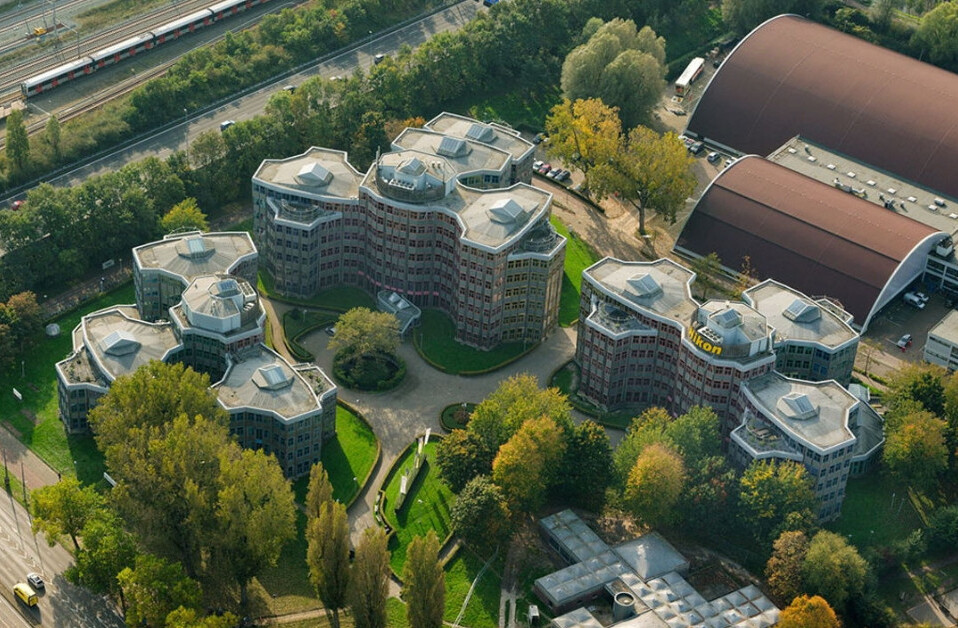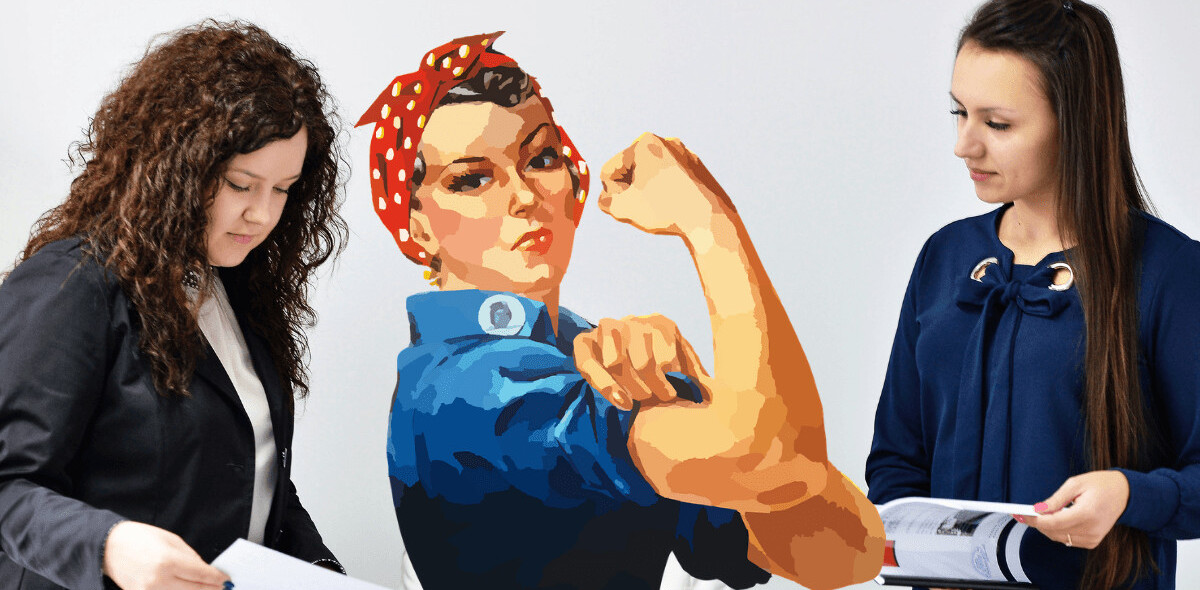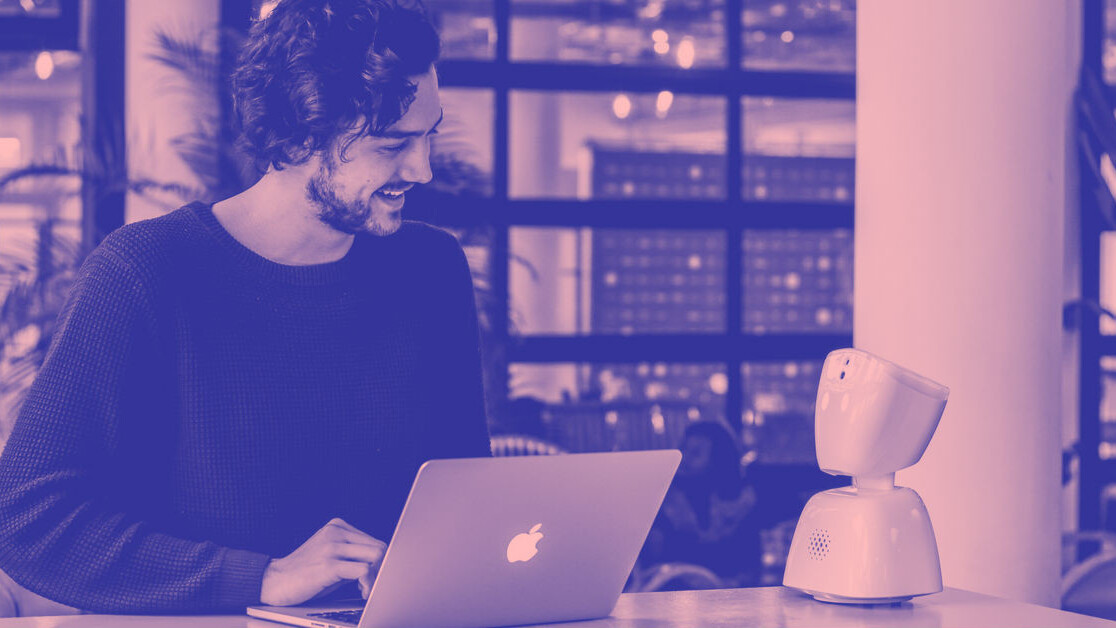
While difficult to observe, loneliness and isolation are major social issues leading to problems like anxiety, depression, and a mortality rate four times higher than obesity, to name a few. One Norwegian startup, however, is on a mission to conquer this problem and believes telepresence robots could be the solution.
Founded in 2015 by Karen Dolva, Matias Doyle and Marius Aabel, No Isolation — one of our residents here at TQ in Amsterdam – is a company on a mission to end loneliness across generations.
AV1 is the company’s first product: a small robot built to be the “eyes, ears and voice” of children with long-term illnesses who can’t be present in the classroom.
“We went through many ideas and possible solutions but we discovered the single thing that kids miss out on the most is simply participating,” explained Dolva over email. “We needed to find a way to bring them ‘out of their beds,’ and AV1 became the answer,” she continued.
With numerous success stories about their product transforming the lives of sick children, I had No Isolation’s AV1 replace me at work for a day to get a better idea of how it actually works.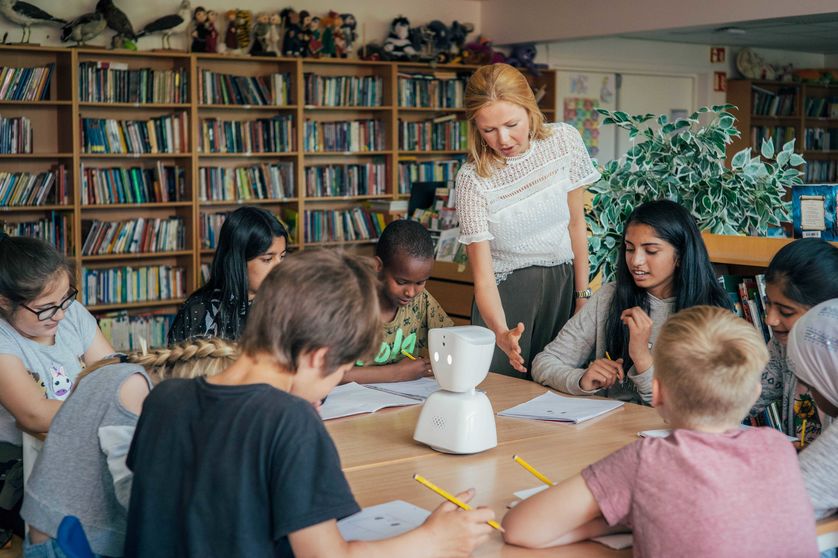
Preparing to be replaced
The plan was to work from home and use my smartphone to connect remotely. AV1 would ‘attend’ all my meetings so I could still participate even though I wasn’t present.
I’d never heard of a ‘telepresence robot’ before, which, unlike communication programs like Skype or Whatsapp, is designed to create a sense of ‘virtual presence.’ I wasn’t really convinced there would be a great deal of difference, however, I was intrigued to find out.
When starting out, I was glad to find that setting up and connecting to the robot was fairly simple. You can connect via Wi-Fi or use its SIM card to connect to the 4G network. This means AV1 can be used anywhere there’s coverage, making it possible for kids to participate at school, but also outside of the classroom like at friends’ houses or parties, for instance.
As Dolva recounted, “My heart broke when I heard of a kid using it to go to the store with her mom just to pick out her own things instead of writing a list. You never think about the simple things these kids miss.”
Setting up
To connect to the robot from home, I downloaded the AV1 app which gave me complete control via a few simple features. I could turn it on or off, flash a light to ask a question, signal with a blue light if I was tired, or rotate AV1’s head 360 degrees to look around — basically all the functions I needed for a productive day at the office.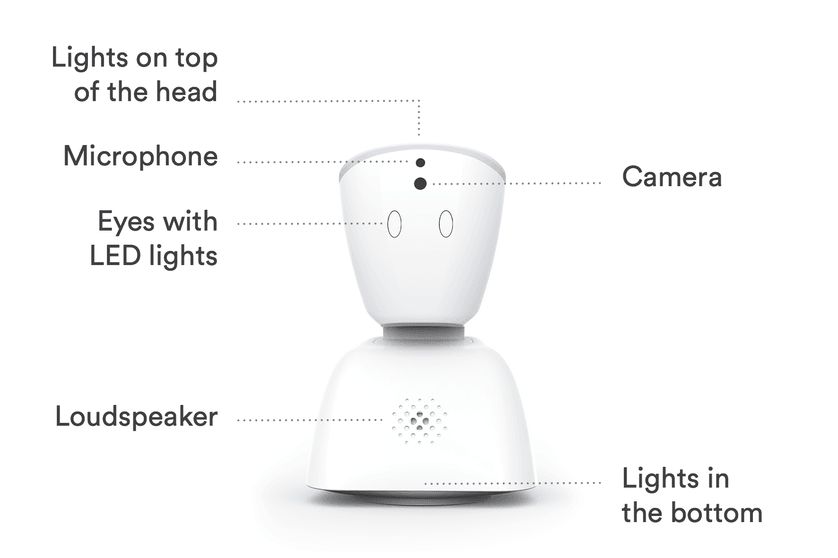
Since AV1 is meant to be used by kids, privacy is even more important than usual. That’s why No Isolation has made the robot only usable by one person at a time, in real time, and all data is encrypted.
As Dolva explained, “Everything, from the initial design to the final results have been developed for, and with kids in mind. Users outside this core group would probably find themselves missing functionality.” So, while AV1 wasn’t exactly built for the purpose I was using it for, I was still fascinated to see how it would go as my replacement.
My experience
My day working from home started off as normal, or as normal as a day being replaced by a robot could be. But instead of greeting people when I dragged myself into the office, I just simply connected to AV1 and said “good morning” to my team, a lovely way to start the day. It was a little frustrating that my team couldn’t see me via the robot, but this lack of visibility, as Dolva explained, is simply because “Many children who are sick or tired don’t want to be seen.” So not great for office life, but a definite plus for AV1’s intended users.
My colleague Patrick Nijssen who was my main ‘mode of transport’ thought the fact ‘I’ was a tangible object made a big difference in terms of presence. “Carrying ‘Camille’ throughout the building to where she needed to be and having ‘her’ in the meeting or with us at lunch gave the robot a much more ‘human’ feel,” Pat explained. “It was also a bit of a novelty. People were really curious to have a go at interacting,” he continued.
After being taken to meetings and connecting throughout the day, I felt as though working remotely via AV1 was actually quite comparable to a normal day in the office. Having control over when I wanted to connect provided a good balance of social time, as well as time to disconnect and get some work done. We did have some problems connecting to the WiFi, but when we were connected, the sound and video quality were clear and strong.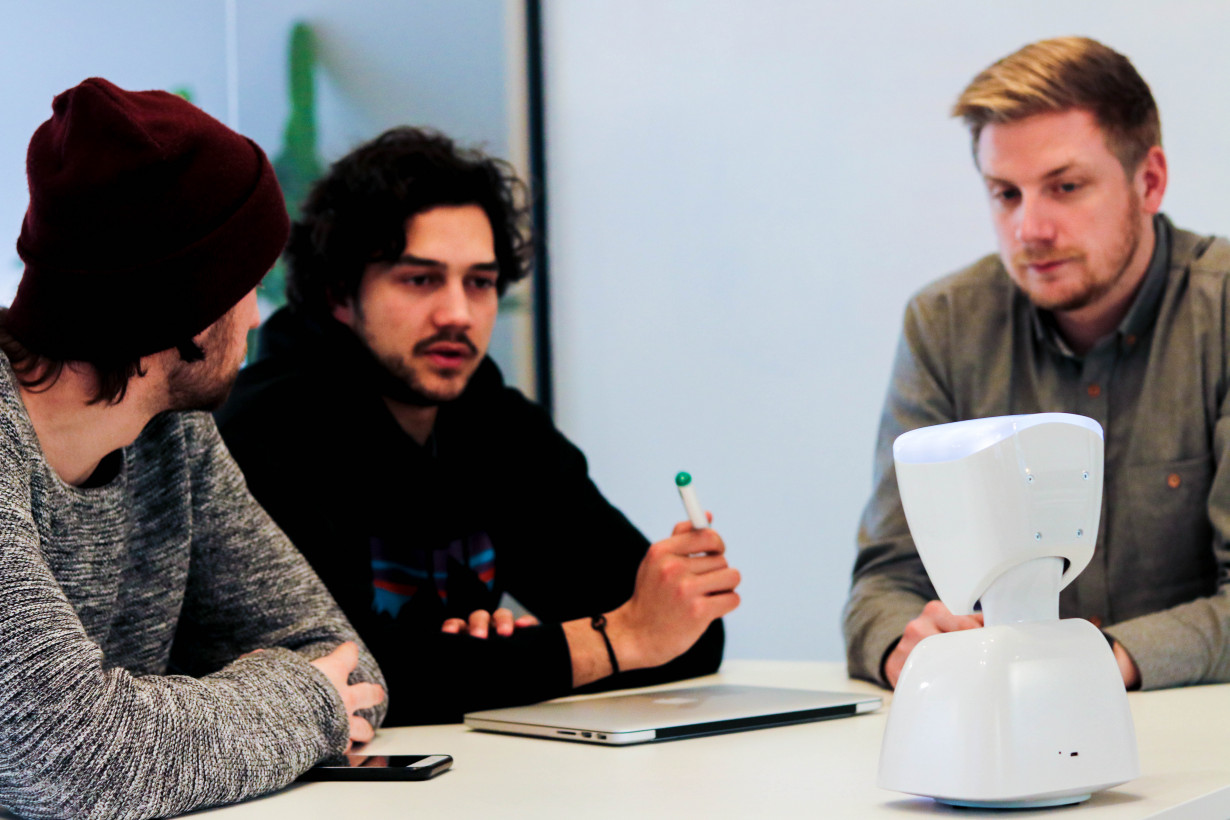
The verdict?
So, while AV1 wasn’t completely ideal for a day in the office where face-to-face interaction is quite necessary, I can definitely see it working well for a child who’d prefer not to be seen. I also think being ‘tangible’ and having control of the robot prompted people to call me by my name which helped me feel more connected.
As No Isolation’s Operations Manager, Jenneke Koorn explained, “The robot was strategically given a technical name like AV1 so kids would rename the robot themselves.” I think this is a really important touch, as it distances the robot from being seen as a toy, and enhances the child’s sense of presence.
Future goals
In terms of No Isolation’s future, Dolva is aiming high. “Long-term, we are going to end loneliness. It will probably take the rest of my life and maybe then some, but we’ll work on it,” Dolva insisted.
The company’s second product, currently available in Norway, is called KOMP: the one-button computer designed for seniors, regardless of technical skills. Further details about its launch elsewhere will be revealed soon.
With 337 active robots circulating across nine countries, and municipalities such as Breda in the Netherlands recently purchasing five robots to help kids in that district alone, it’s clear people are catching on to the fact that robots aren’t a far-off futuristic solution. They can actually help people right now.
“Technology can be warm,” Dolva explained. “It doesn’t always have to make efficient people more efficient — it can also help the people who haven’t been able to keep up,” she continued.
So, while talking through a robot is never going to be the same as real interaction and was never meant to replace real human contact, devices like AV1 are designed to bridge the gap. I definitely enjoyed my day as a robot much more than being home alone. And for those who are lonely, that’s definitely better than nothing.
This article was originally published on TQ.
Get the TNW newsletter
Get the most important tech news in your inbox each week.

